The Tightrope Walker exhibition of art and design
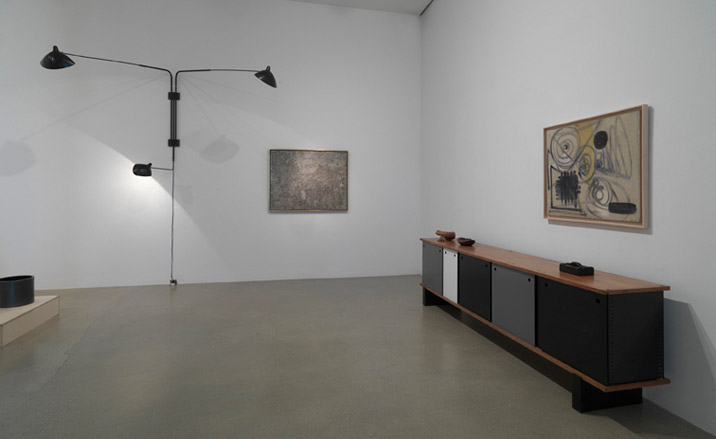
Timothy Taylor Gallery's new show explores the creative mood of post-war France with a cleverly edited selection of works by artists and designers, including Hans Hartung, Jean Dubuffet, Serge Mouille and Jean Prouvé.
Despite the horrors of the war and inflicted on the city, post-occupation Paris was a hub of designers, philosophers, poets and artists, who were re-evaluating the past and looking at what it meant to be modern. 'There was great unity in France in the 1950s but a huge diversity of ideas,' says curator, Emma Dexter.
Look closer at the works on show at 'The Tightrope Walker' - which borrows its name from a 1958 essay by Jean Genet - and common strands begin to appear, including an urge to celebrate the everyday. Artist Jean Dubuffet's figures - etched onto canvases daubed in sand, dust and gravel - honour ordinary life, and sculptor Germaine Richier's works take their inspiration from native traditions.
Working alongside them were furniture designers who were honing a new utilitarian beauty, in reaction to the grandeur and embellishments of Art Deco. For the exhibition, co-curator Oscar Humphries has pulled together interesting pieces by icons of midcentury modernism, including Charlotte Perriand and Mathieu Matégot. Prouvé's 'Chaise Standard' in steel and beech plywood, exemplifies the period's strikingly economic aesthetic.
But the parallels between the artists and designers span further than aesthetics. Humphries points to artist, Hans Hartung, best known for his series of brush-stroke paintings, whose apparent spontaneity was in fact carefully designed. 'Hartung introduced the idea of factory processes to art,' he says of the German, who later used paint sprayers in his work - 'so, there's an obvious link with Prouvé, who was the first person to introduce factory processes into domestic furniture. Hartung also entered whole-heartedly into the concept of midcentury modernism.'
Other highlights at the exhibition include 'miserabilist' French painter Bernard Buffet's extraordinarily angst ridden, black out-lined figures and - this time, in stark contrast - furniture designer, Mathieu Matégot's diaphanous yet sturdy, perforated metal tables and chairs.
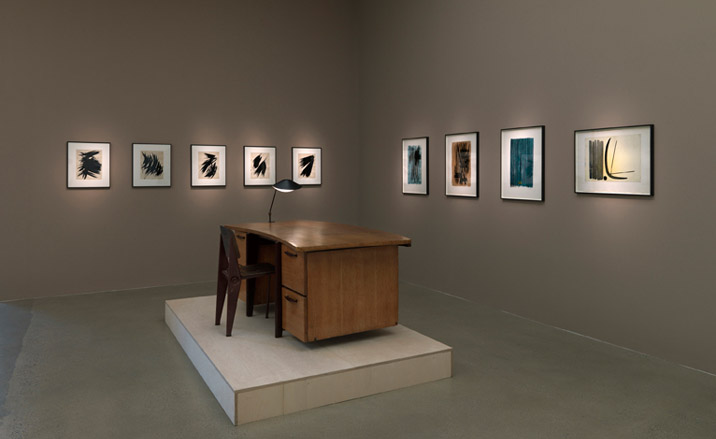
'Bureau Standard', 1942, and 'Chaise Standard', 1950, by Jean Prouvé, courtesy of Timothy Taylor Gallery, and prints by Hans Hartung, 1953-1957, courtesy Foundation Hartung Bergman.
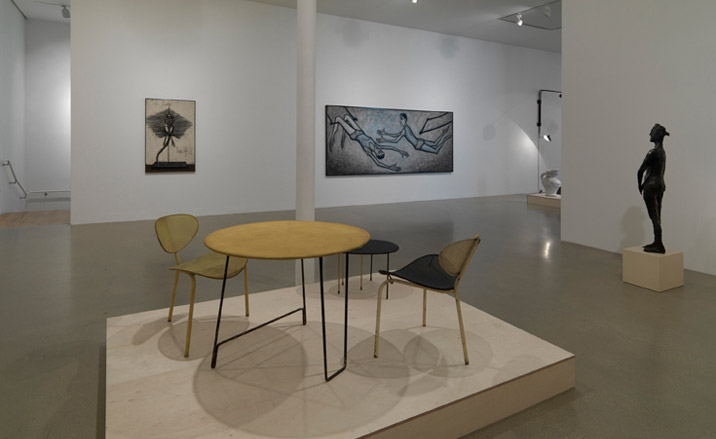
'Nagasaki' table (large) and chairs and 'Kangourou' table (small) by Mathieu Matégot, 1954, courtesy of Jousse Enterprise and Timothy Taylor Gallery. Paintings, from left to right: 'La Raie', 1963, and 'Le Cirque, Les trapezistes', 1957, by Bernard Buffet, courtesy of Galerie Maurice Garnier
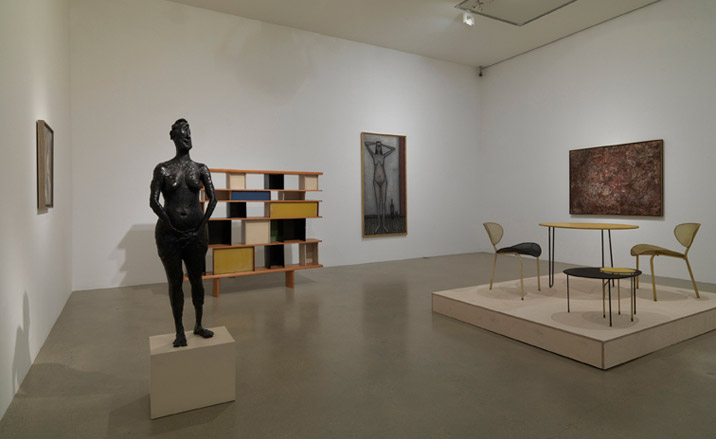
From left to right: 'La Sauterelle, petite' bronze by Germaine Richier, 1944, from a private collection; 'Mexique' bookcase by Charlotte Perriand, circa 1953, courtesy of Timothy Taylor Gallery; 'Femme nue debout' by Bernard Buffet, 1953, courtesy of Galerie Maurice Garnier; and 'Texturologie X' by Jean Dubuffet, 1957, courtesy of Acquevella Galleries and Timothy Taylor Gallery.
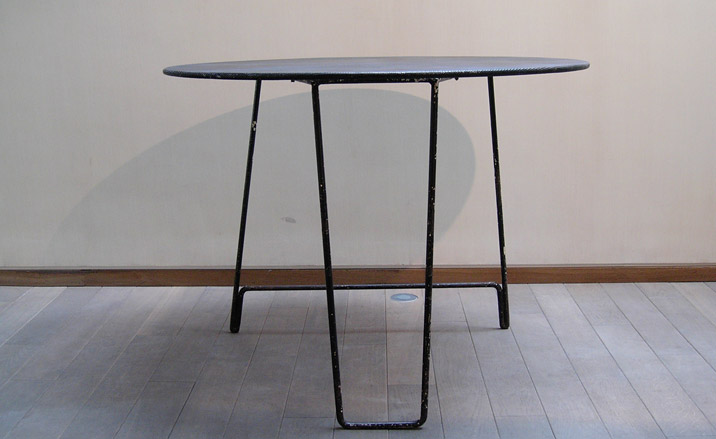
‘Nagasaki’ by Mathieu Mathieu Matégot, 1954,
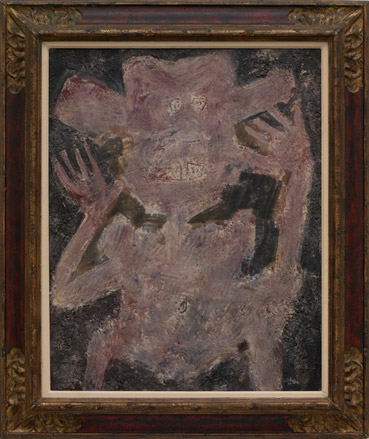
'L'Effraye' by Jean Dubuffet, 1951, from a private collection
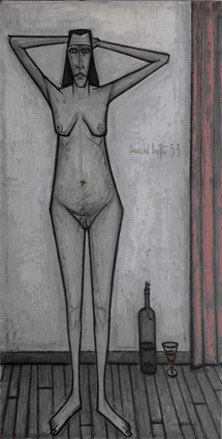
'Femme nue debout' by Bernard Buffet, 1953
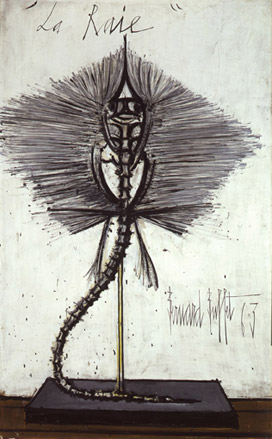
'La Raie' by Bernard Buffet, 1963
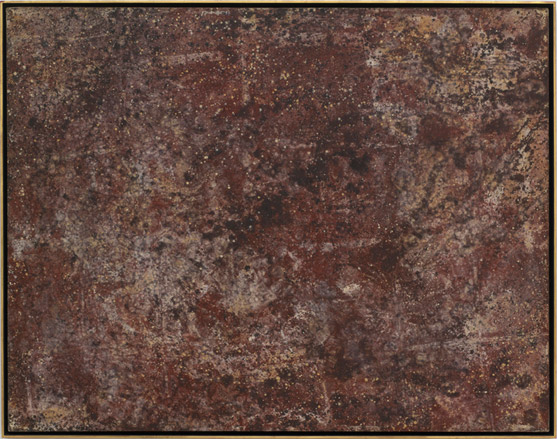
'Texturologie X' by Jean Dubuffet, 1957
ADDRESS
Receive our daily digest of inspiration, escapism and design stories from around the world direct to your inbox.
15 Carlos Place
London W1K 2EX
Malaika Byng is an editor, writer and consultant covering everything from architecture, design and ecology to art and craft. She was online editor for Wallpaper* magazine for three years and more recently editor of Crafts magazine, until she decided to go freelance in 2022. Based in London, she now writes for the Financial Times, Metropolis, Kinfolk and The Plant, among others.
-
 Modernism for sale: a Norman Jaffe-designed icon on Shelter Island hits the market
Modernism for sale: a Norman Jaffe-designed icon on Shelter Island hits the marketThe Osofsky House epitomised the glamour of high-end 70s modernism on Long Island. Now updated and refurbished, it’s back on the market for the first time in over two decades
-
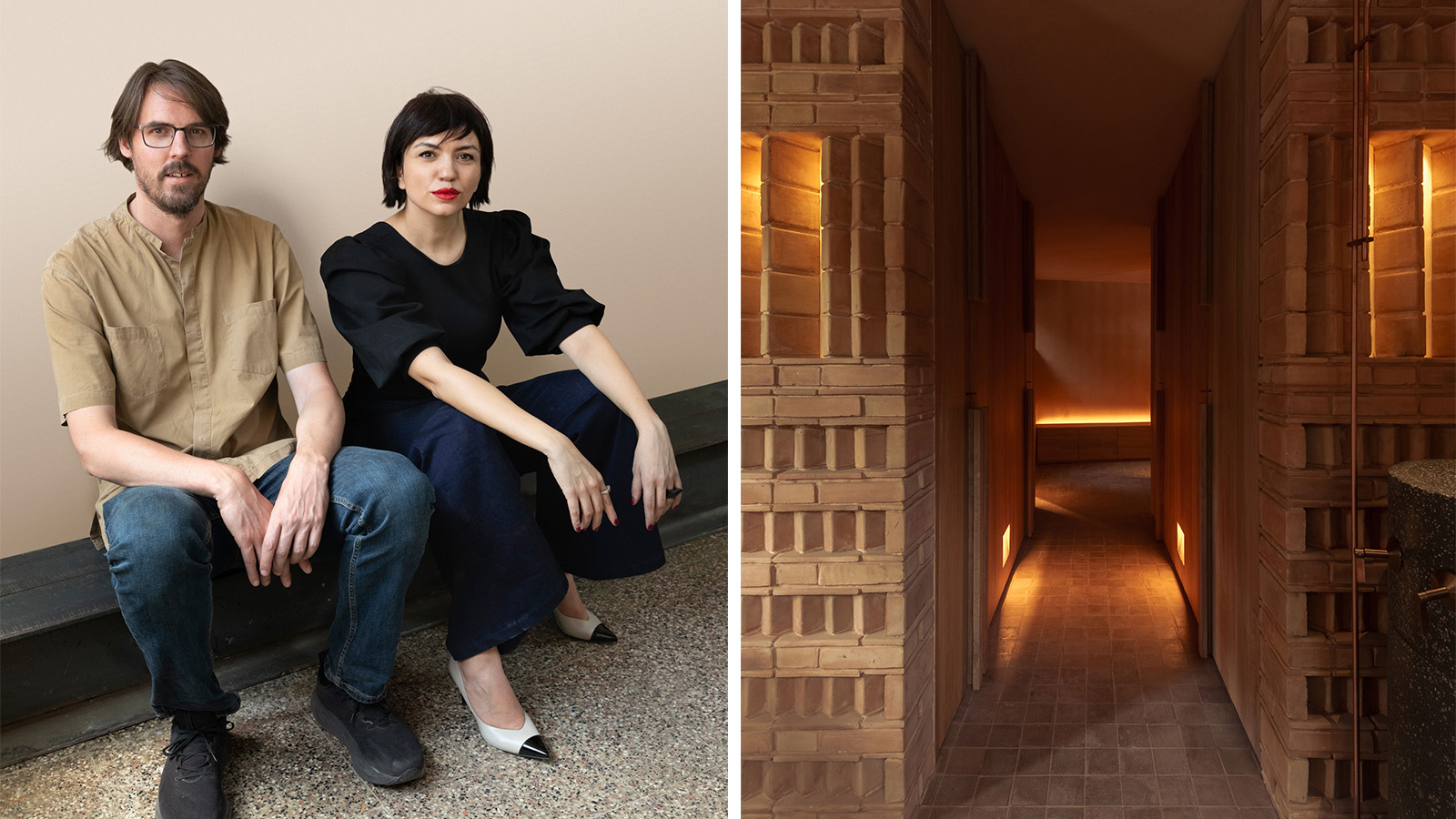 Discover Locus and its ‘eco-localism' - an alternative way of thinking about architecture
Discover Locus and its ‘eco-localism' - an alternative way of thinking about architectureLocus, an architecture firm in Mexico City, has a portfolio of projects which share an attitude rather than an obvious visual language
-
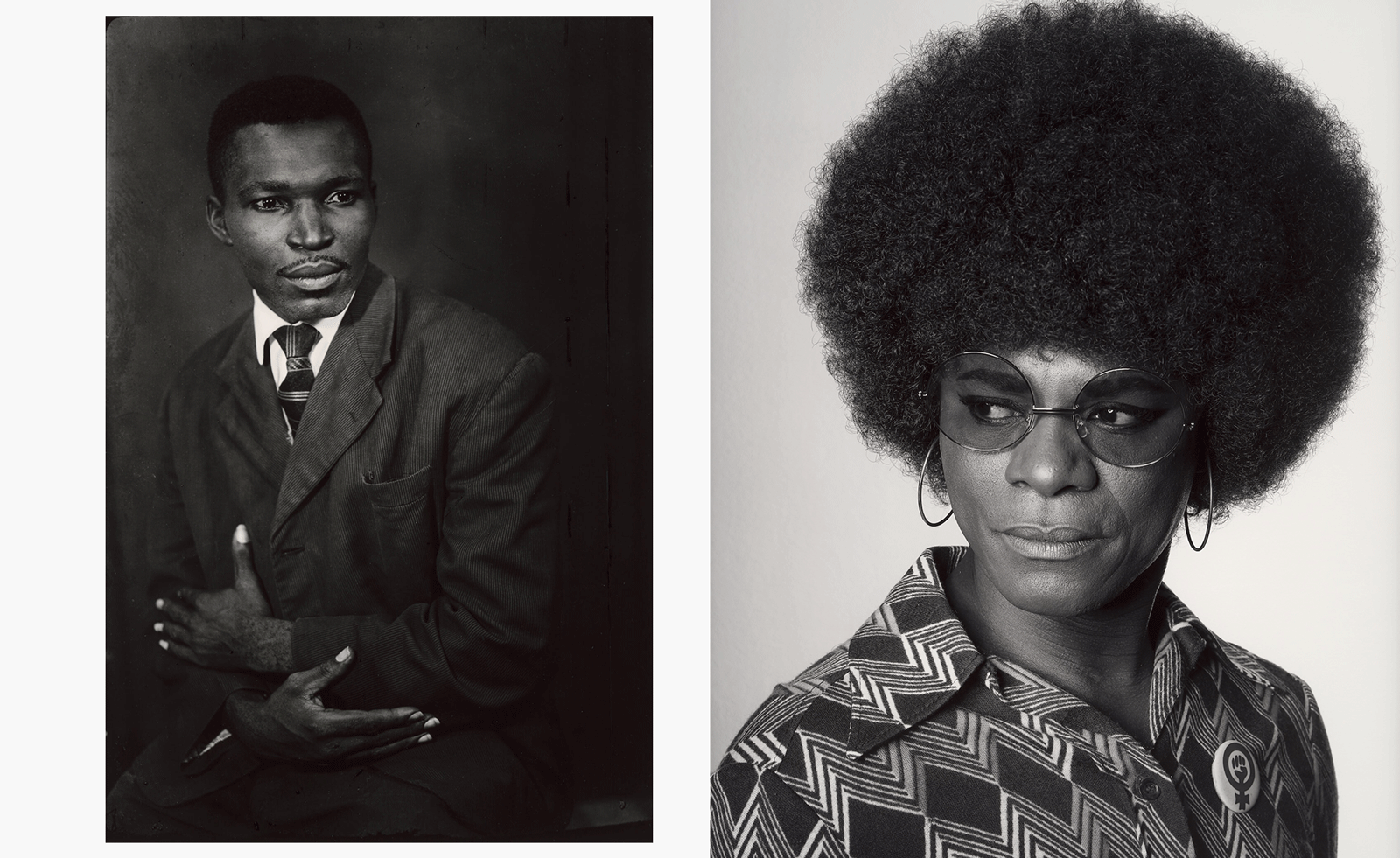 MoMA celebrates African portraiture in a far-reaching exhibition
MoMA celebrates African portraiture in a far-reaching exhibitionIn 'Ideas of Africa: Portraiture and Political Imagination' at MoMA, New York, studies African creativity in photography in front of and behind the camera